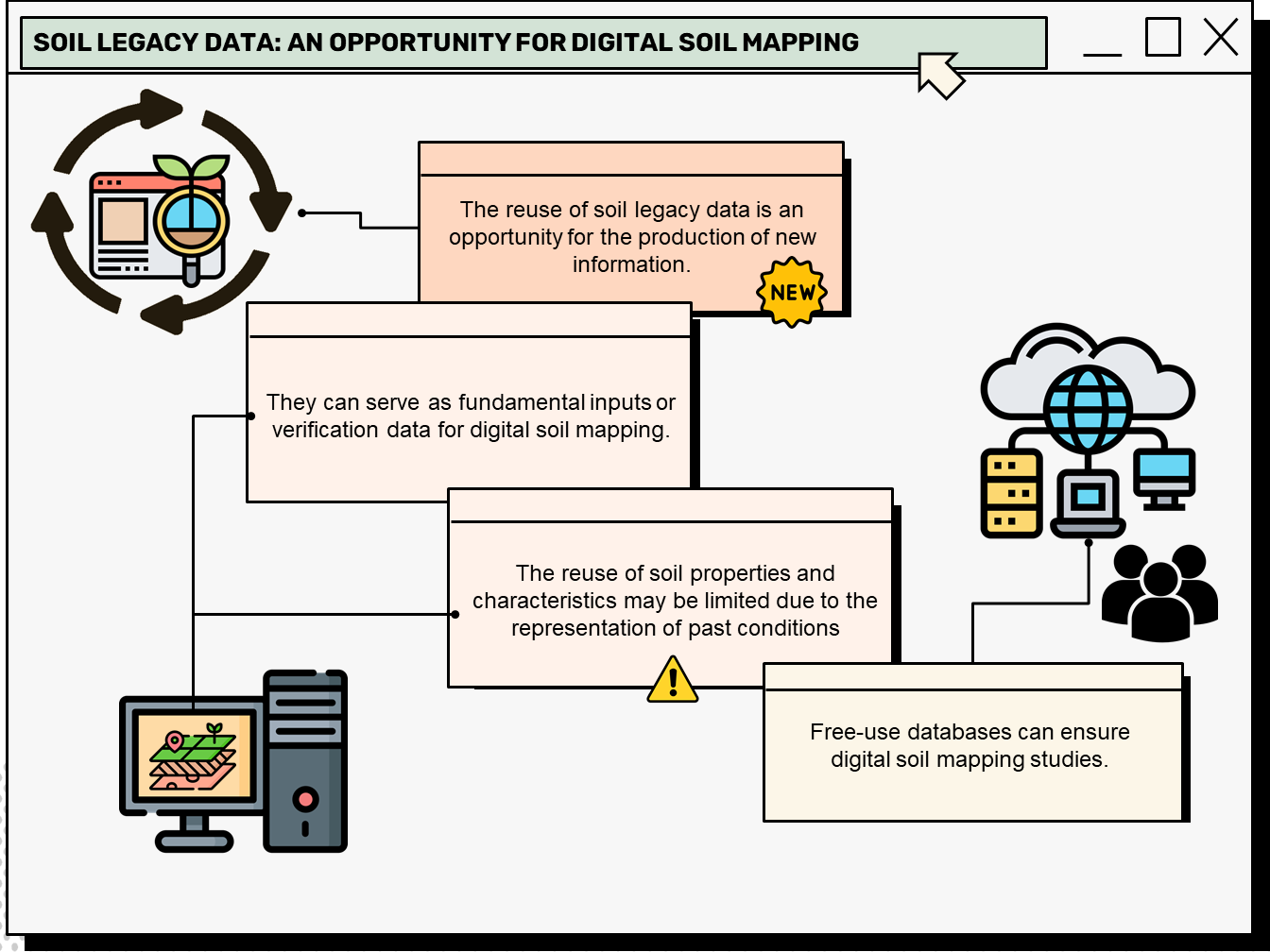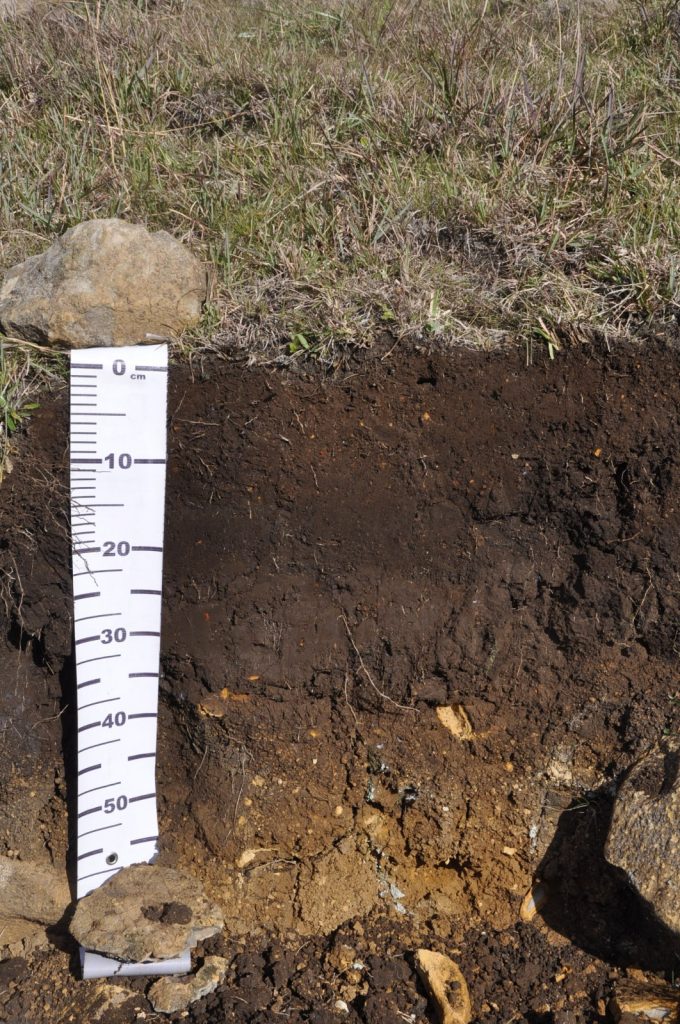Rev. Bras. Ciênc. Solo.2024;48:e0230130.
Soil legacy data: An opportunity for digital soil mapping
23/jul/2024
DOI: 10.36783/18069657rbcs20230130
Resumo Gráfico

Destaques
Soil legacy data reuse is an opportunity for new information production.
Reuse of soil property and characteristics data may have limitations due to the representation of the past.
Free-use databases can ensure digital soil mapping studies.
ABSTRACT
Soil legacy data is past information on soils available from various sources (e.g. survey reports and maps). When compiled and organized, data obtained through historical retrieval can be used as basic input or validation data for digital soil mapping. A bibliometric analysis of this topic can reveal research patterns, evolution, and scientific contribution, thus mapping the science produced in a specific period and determining the trend in research topics based on search terms. This article presents the characterization of international scientific production on soil legacy data using a set of bibliometric indicators. The study was developed with the bibliometric analysis of scientific articles indexed in the Web of Science and Scopus data platforms regarding the use of soil legacy data published online from 1979 to 2022. The following were extracted from the articles: authors and co-authors, year and country of publication, index words used, and abstracts, which were submitted to bibliometric analysis in R. Bibliometric analysis revealed publication of 242 scientific articles in 117 journals involving 1223 authors throughout the world in the last 43 years, with an average frequency of 12.66 citations per article. Australia (10.33 %), the USA (8.68 %), and Brazil (7.85 %) were the countries with the greatest scientific contributions. The most cited studies refer to databases, demonstrating the ease of access to information contributes significantly to new local studies. Due to pedometrics importance for soil science, there is constant revision to available legacy data for new hypotheses and research in soil science. And also, for the monitoring of soil attributes for the conservation and preservation of natural resources.
662

